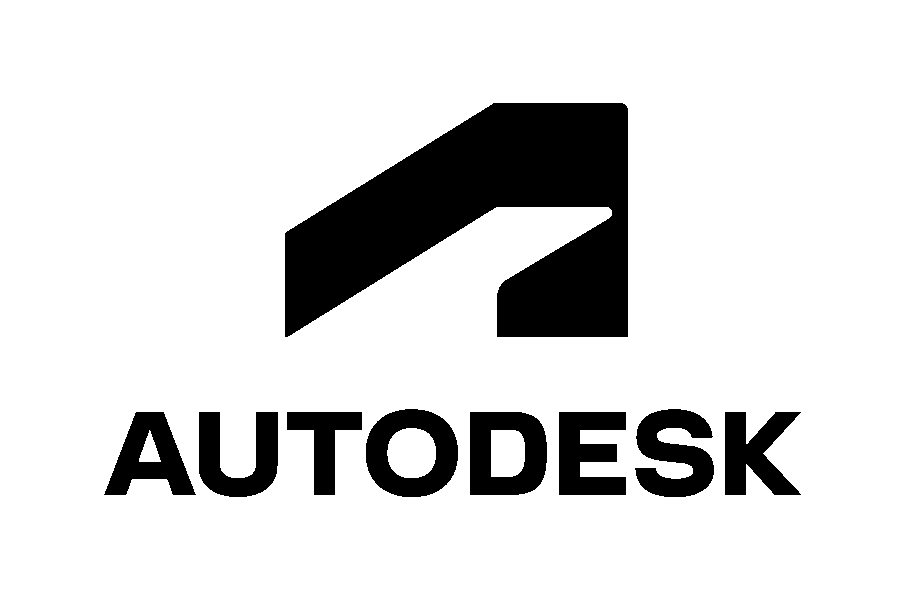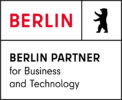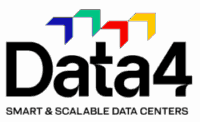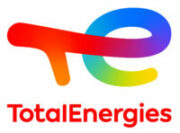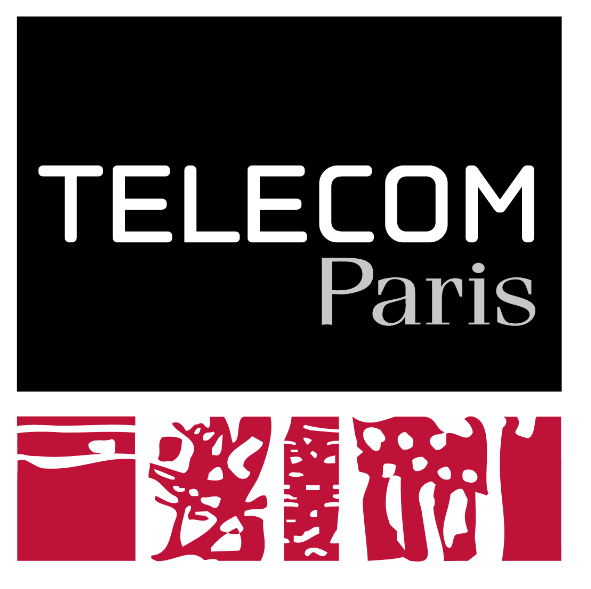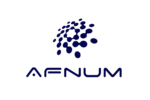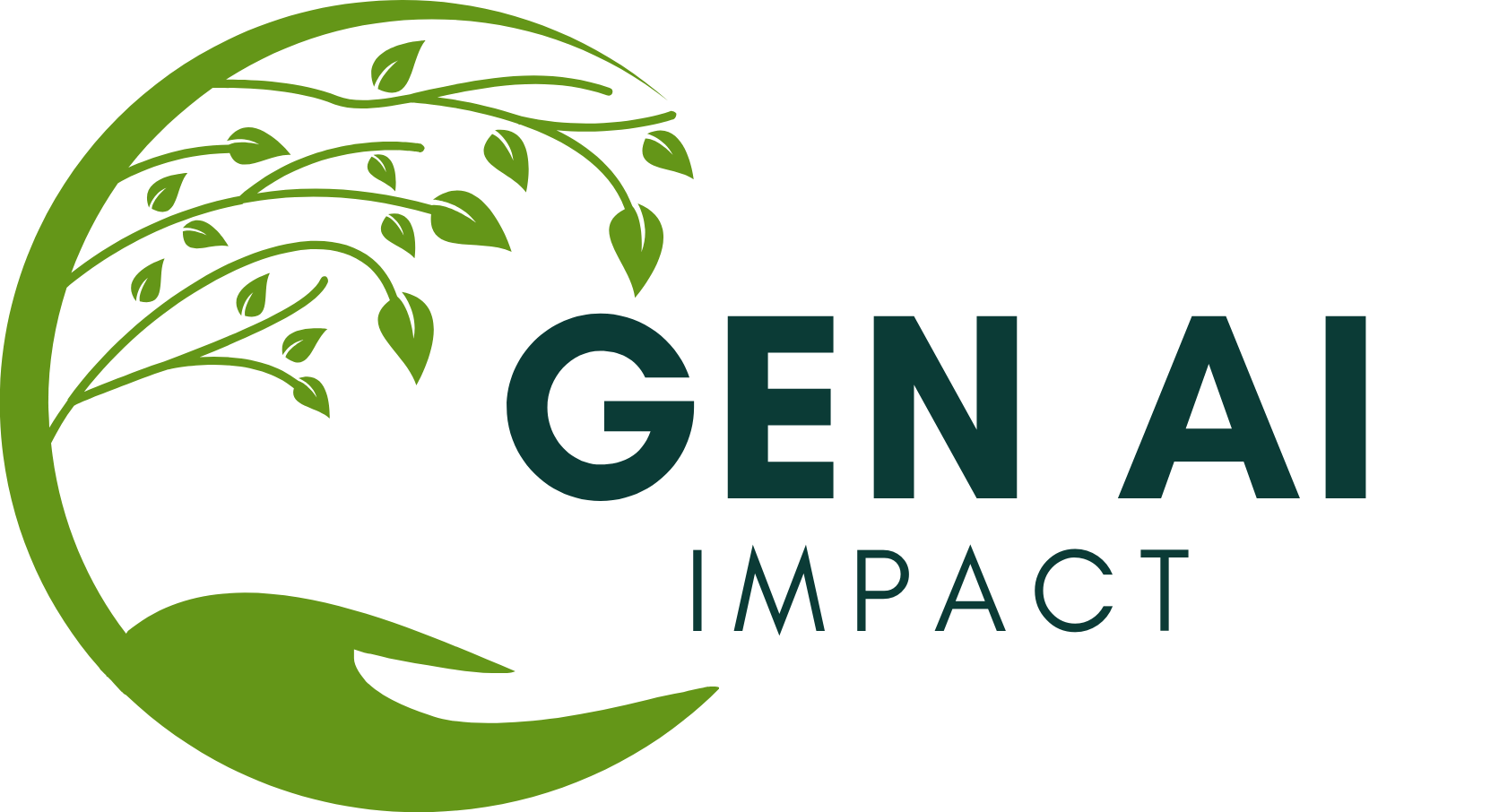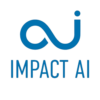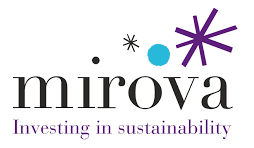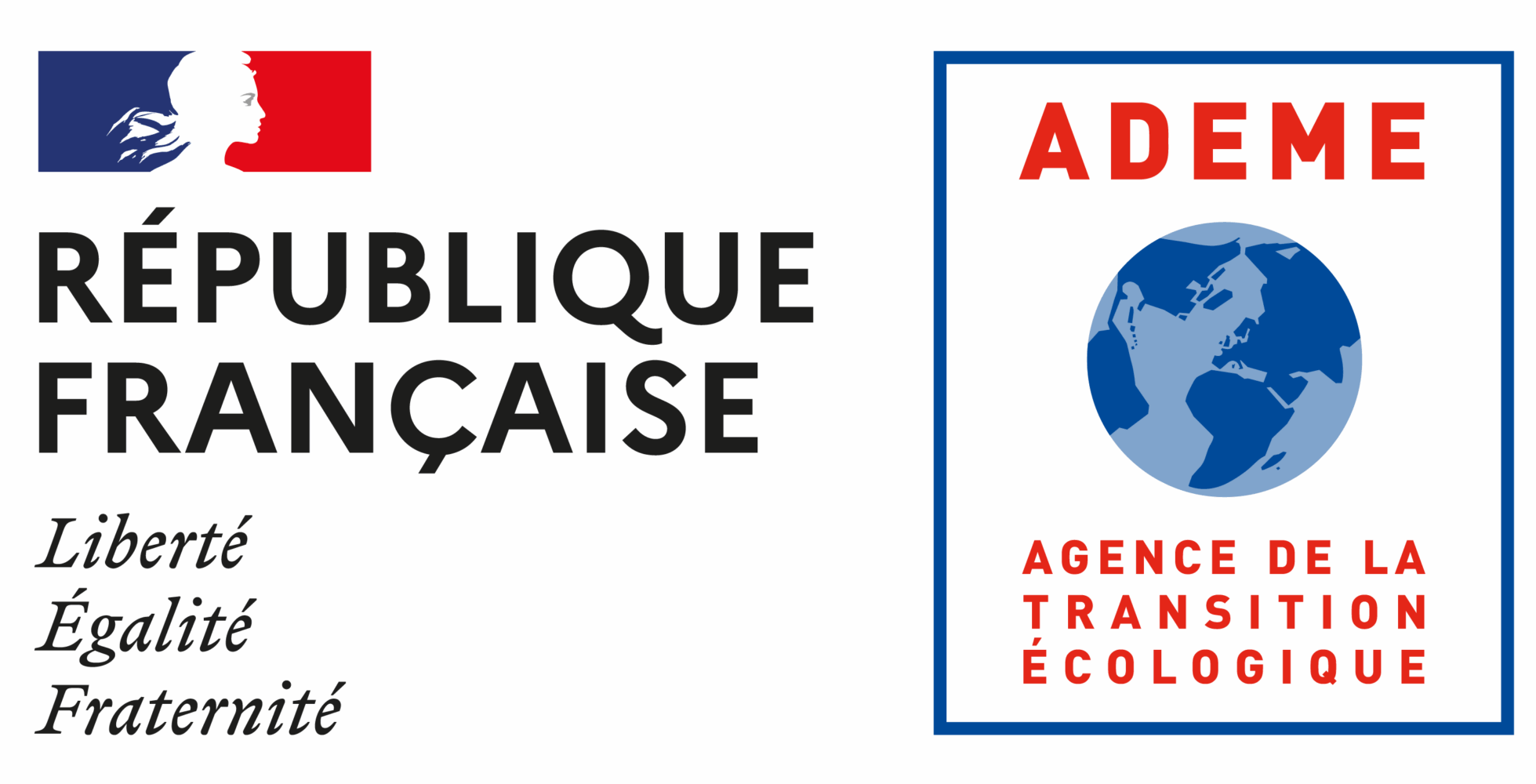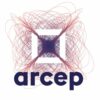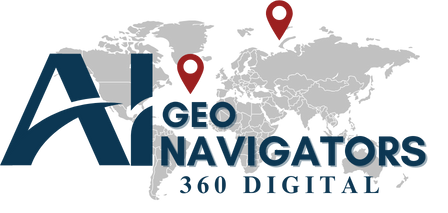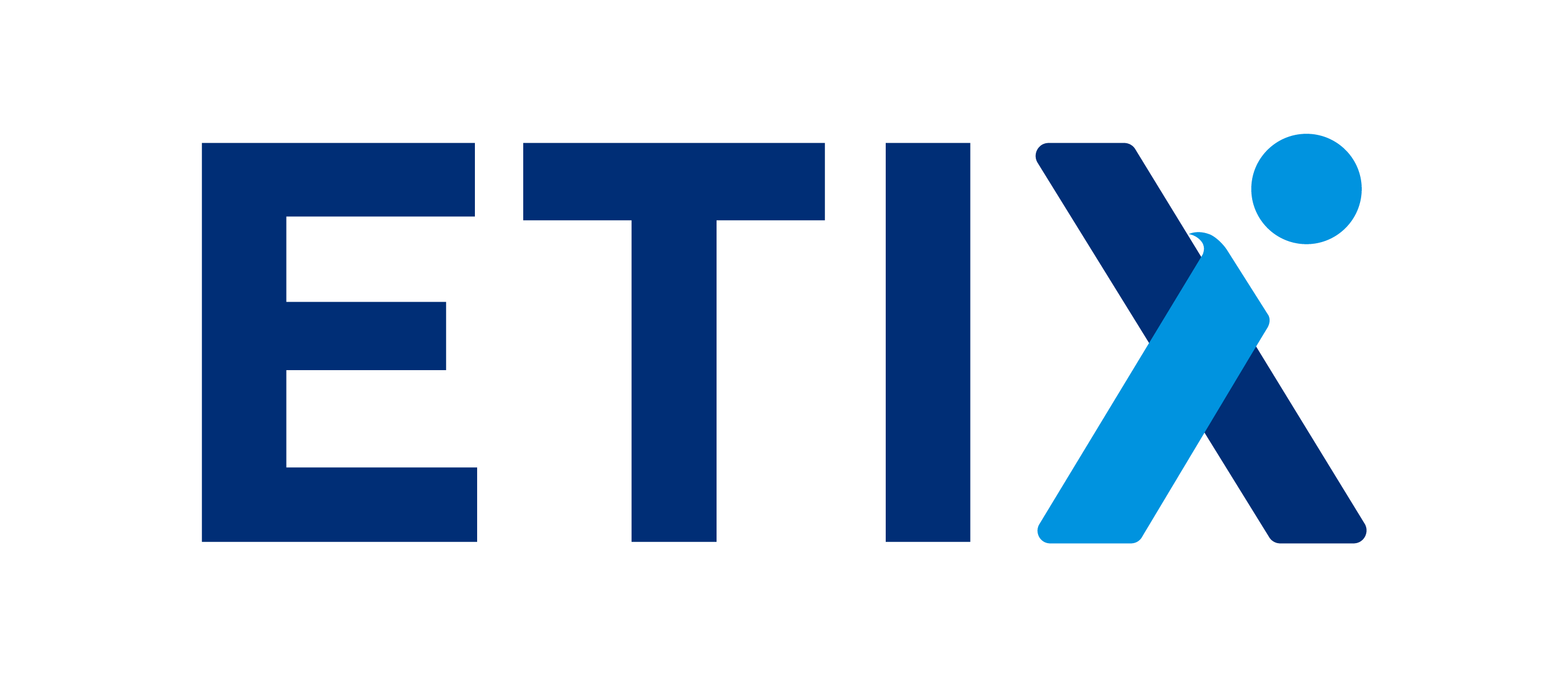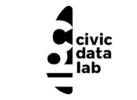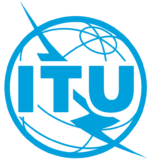Members & Supporters
of the Coalition for Sustainable AI
Private and public stakeholders supporting the shared vision of the Coalition for Sustainable AI.
Corporations
We’ve set internal AI guidelines, including a benchmark on their environmental impact, to raise employee awareness and promote low-impact tools. We also started building a dashboard to monitor CO2 emissions from clients’ AI projects, aiming to generalize its use beyond client requests to all future projects.
AVEVA implements green software design principles. We’ve worked with the Green Software Foundation to benchmark the energy intensity of our products, and are working with industry stakeholders to develop tools for measuring and managing the net environmental impact of AI. Arti Garg, AVEVA’s Chief Technologist, currently chairs the IEEE Working Group P7100 dedicated to this task.
Baidu actively promotes the construction of sustainable AI, and we actively adopt AI and new technologies in data centers and office buildings to reduce carbon emissions and achieve green operations. We actively collaborate with partners utilize AI to empower green development through our intelligent transportation, and many energy-saving and carbon reduction solutions.
Capgemini is dedicated to sustainable AI by integrating best practices into our client projects, developing benefit-cost evaluation tools, advancing scientific knowledge through our Research capabilities, and leveraging AI for high-impact sustainability projects. These initiatives include Earth Observation, Climate Risk modeling, Engineering Biology, and optimizing energy-intensive processes.
Delta is a global provider of power and thermal management solutions. In the AI era, we focus on improving energy efficiency for cloud and edge computing. Our solutions—including AI power supplies, liquid and air cooling, and ICT infrastructure—help customers optimize data center power architecture, enabling high energy and cooling efficiency from grid to chip.
We have built an open-source study of the carbon footprint of Generative AI. This study provides a detailed methodology to estimate emissions from GenAI models, case studies, an off-the-shelf calculator and best practices to significantly mitigate the environmental impact. We are still doing research to publish further insights.

Our mission is to support our customers in adopting AI with a constant focus on positive impact: maximising the value created while minimising the environmental footprint, guaranteeing accessibility and fairness, securing data and anticipating the transformations of ways of working. By combining innovation and responsibility, together we are building a more virtuous and inclusive digital world.
In line with its 2040 Net Zero Carbon commitment, Orange has launch global initiatives towards more sustainable AI : research on frugal AI, carbon index to weight carbon intensity of its internal use case, carbon calculator for its AI offers customers, AI for network program to improve network energy efficiency, works on metrics within standardization and normalization bodies.
Photoroom builds efficient AI that scales responsibly. Processing billions of images each year, we train on low-carbon energy and optimize inference at every step to reduce emissions. By openly sharing our emission calculations and technical improvements, we help others build more sustainable AI too.
Salesforce embeds sustainability into every phase of AI development by minimizing our products’ environmental footprint through efficient, specialized models. We believe it is important to think holistically across Smart Demand (using AI wisely), Efficiency (doing more with less), and Clean Supply (powering what’s left with low-impact resources).
SAP embeds sustainability across the AI lifecycle by optimizing model efficiency, powering its data centers with renewable energy, and applying ethical design principles. SAP also delivers AI solutions that help customers reduce emissions, improve resource efficiency, and advance their ESG and sustainable development goals across global value chains.
In AI data centres, every watt counts. That’s why we developed GrapheneGPU — to reduce electricity consumption and power demand, while boosting computing performance. We maximize performance per watt consumed in GPUs — enabling more compute, more AI capacity, and better energy-efficiency. Performance and sustainability can go hand in hand.
Our sustainable AI team aims at setting an example on how to combine innovation and sustainability on AI. We develop training for employees, tools and methodologies to assist with the eco-conception of our projects and we measure and control the impact of our AI tools. We also work with the ecosystem to address and diffuse topics more globally and to formalize the regulation of sustainability.
Telehouse has launched the construction of a module in its TH3 Data Center in Magny-les-Hameaux that will use Direct Liquid Cooling technology. This building will be dedicated to AI stakeholders and will support ultra-high-density infrastructure per rack. We are strengthening our commitment to CSR by integrating sustainable and responsible practices into our operations.
Research

For a research institution like Inria, the contributions to sustainable AI are mainly :
– Scientific breakthroughs in methodologies, algorithms, platforms, devices…
– Training engineers, PhD students and post-docs in frugal techniques
– Prospective studies and scenarios analysing how ICT and AI can contribute to ecological transitions
– The creation of start-ups specialising in frugal AI.
Since 2023, SEI’s taskforce has been building internal capacity at the intersection of AI, digitalization, automation and sustainability science. We have fostered a community of practice around ethical, responsible AI, with a focus its environmental and societal impacts. As a global sustainability science leader, SEI is now a go-to hub for sustainable AI research and policy.
Télécom Paris is a founding member of Institut Polytechnique de Paris and a member of the Institut Mines-Télécom; a top-ranked public institution of higher education in the French Grandes Ecoles tradition under the trusteeship of the Ministry for the Economy and Finance. Our core mission is: To shape, envision, and design models, technologies, and digital solutions that serve a society and economy mindful of people and the environment. As such, it aligns perfectly with the mission of the Sustainable AI Coalition.
Our expertise lies at the heart of digital technology, research, and innovation. While drawing on the legacy of French engineering expertise, which covers technologies, modeling, and theoretical approaches, we foster practical solutions and applications, as well as measuring their impact on society. The work of our researchers contribute in various aspects to the goals of the Sustainable AI Coalition, from developing frugal AI models and methodologies to quantify the environmental impacts of AI, to the design of public policies and regulations for AI sustainability.

UBA
The AI department at the University of Malta promotes sustainable AI by developing energy-efficient models, exploring ethical and responsible AI use, and applying AI to environmental challenges such as marine conservation, waste management, and precision agriculture. It fosters interdisciplinary collaborations to align AI innovation with ecological and societal goals.
NGOs and Associations
Investors
Public sector
The Digital Sobriety department carries out studies and methodologies on the environmental impacts of digital technology in general, and AI in particular. In addition, ADEME has created a hackaton-style challenge, entitled “Dis-ADEME”, to bring out AI-based technical solutions that can help ADEME in its missions in favor of ecological transition.
NECTEC advances sustainable AI through initiatives such as the AI for Thai platform, green manufacturing solutions, and the LANTA Supercomputer, all designed to optimize resource use, reduce environmental impact, and support climate action. These efforts directly contribute to the UN Sustainable Development Goals by promoting responsible innovation.
SMEs
AI Geo Navigators is a Pakistan-based innovator at the intersection of AI, GIS, and sustainability, dedicated to leveraging geospatial intelligence for climate adaptation, disaster risk reduction, and environmental resilience. Our work directly aligns with the Sustainable AI Coalition’s mission to promote environmentally conscious AI practices, as we deploy AI solutions that minimize ecological footprints while addressing global challenges like urban heat and climate vulnerability. We bring unique value through our expertise in energy-efficient AI-GIS integrations, real-world case studies from Pakistan’s diverse landscapes
AMPECO leverages AI to enhance energy efficiency in electric vehicle (EV) charging by implementing smart charging algorithms and dynamic load management. These AI-driven features optimize charging patterns, reduce grid strain, and facilitate the integration of renewable energy sources, contributing to a more sustainable and efficient EV charging infrastructure.
Our data centers, connected to a local heat loop, allow to reuse the site’s waste heat to supply the territory’s heating network. This network heats the neighboring district (convention center, student residences, etc.). As the need for cooling increases with the advent of AI, so will the amount of waste heat from data centers.
Multiverse Computing makes AI more efficient and AI projects more scalable by doing extreme compression of AI models with insignificant change in model accuracy. Multiverse Computing was founded in San Sebastián, Spain in 2019. This slashes computational costs by 70 – 80% and energy consumption by up to 50%. In additional to slashing direct computational costs, our compressed/optimized models also drastically reduces the training time by 50% so less computational resources are needed for training as well.
What are the benefits of models compressed by CompactifAI?
Extreme compression with minimal loss in accuracy: Drastically reduces the size of LLMs (Large Language Models) up to 80% while maintaining model precision.
Significant Reduction in computational resources: By decreasing the model size, less memory and processing power (both GPU and CPU) are required.
Cost and Energy Savings: Lowers operational costs and energy consumption up to 50%, contributing to more sustainable AI.
Run on-premise or on edge devices: The compressed models can run on-premise, crucial for use cases involving sensitive information and regulated environments. Their small size enables deployment on devices with limited computing power, such as tablets, mobile phones or drones.
Reduced TCO (Total Cost of Ownership): By optimizing resources and energy usage, CompactifAI significantly reduces the total cost of ownership of AI models.
Accelerated inference and training: Speeds up inference times by 25% and reduces training time by 50%, enabling faster iterations.
Optimization for specific use cases: CompactifAI allows fine-tuning of models for specific tasks like RAG (Retrieval-Augmented Generation), improving accuracy in targeted applications.

Telehouse has launched the construction of a module in its TH3 Data Center in Magny-les-Hameaux that will use Direct Liquid Cooling technology. This building will be dedicated to AI stakeholders and will support ultra-high-density infrastructure per rack. We are strengthening our commitment to CSR by integrating sustainable and responsible practices into our operations.
Start-ups
We use AI to match 1 million business activities to emissions factors —far more efficient than manual methods that take months. Our RAG-based architecture avoids retraining, using optimized context windows to reduce energy consumption. This approach makes emissions tracking both cost-effective and low-impact, enabling scalable, sustainable AI adoption.
Sepia Infrastructure plays a key role in enabling green AI by building next-generation industrial campuses that bring together carbon-free energy, data centres, and complementary industries in a single, integrated setting. Committed to fostering operational synergies, advancing sustainability, and creating long-term social impact, Sepia is helping shape a more sustainable future for AI.
Syroco is a Climate Tech startup that supports the energy transition of maritime transportation. It provides Syroco Live, a voyage optimisation solution used to improve the efficiency and impact of navigation. Using a digital twin of the ship powered by real-time data, artificial intelligence and physics modelling, it optimises energy consumption while ensuring safe navigation.
Governments and international organizations supporting the shared vision of the Coaltion for Sustainable AI.
International Organizations
Government Supporters

Chile

Cyprus

Denmark

Finland

France

Germany

India

Italia

Kenya

Kosovo

Korea

Morocco

Norway

United Kingdom

Netherlands









